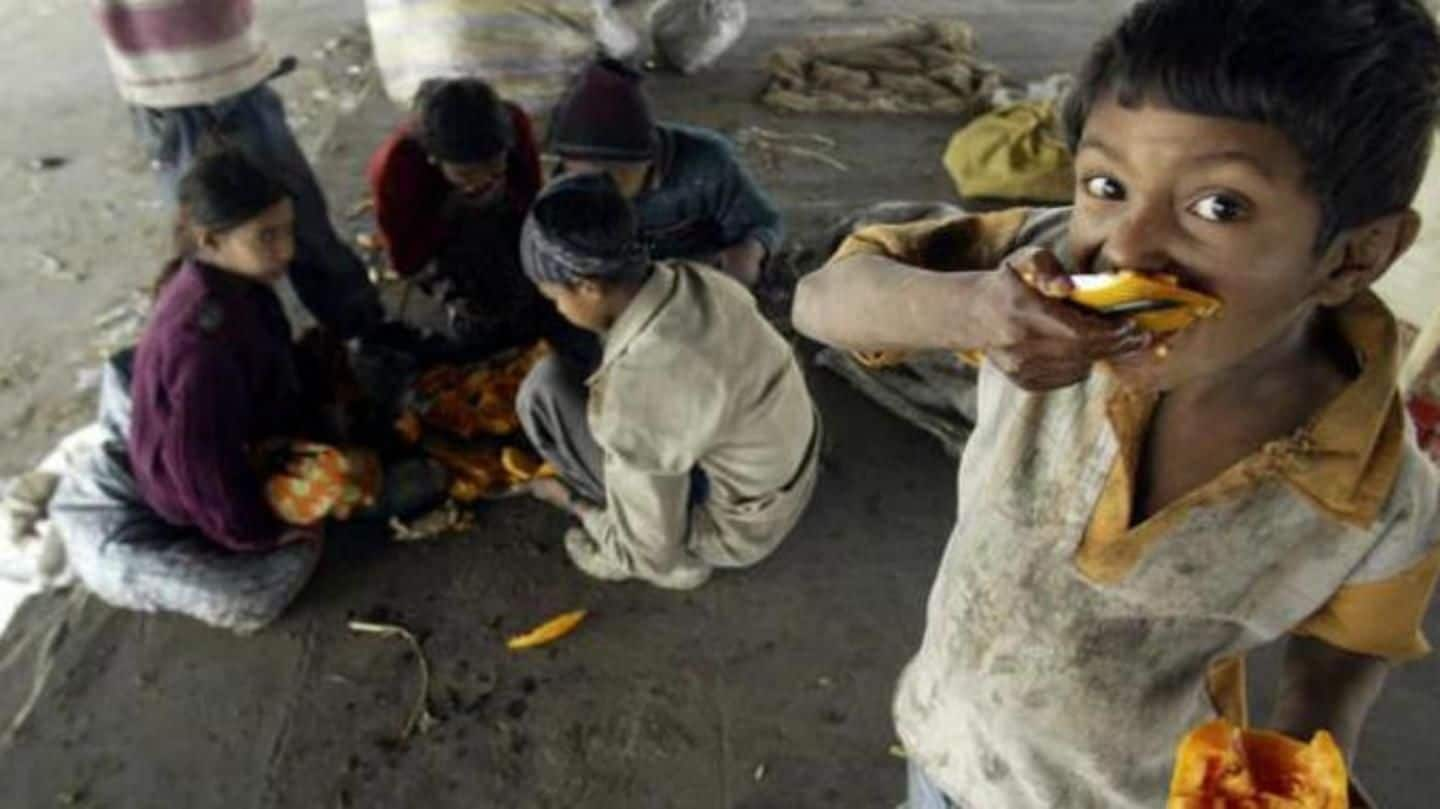
India no longer has the largest number of poor: Report
What's the story
Global poverty trends are changing drastically, and it is exceptionally good news for India, a recent study points out. The rapidly-growing economy is pulling 44 people out of 'extreme poverty' every minute, leaving 78mn still in its clutches. Thanks to the feat, Nigeria has replaced India as home to the largest number of poor. But maintaining the momentum will be a tough job.
India
India on way to decreasing its rank further
An article in a Brookings blog says India could fast drop further in the ranks, going to Number-3 by this year end, with Congo overtaking it. In fact, less than 3% of Indians are expected to be poor by 2022, and extreme poverty might be non-existent by 2030. 'Extreme poverty' has been defined as living on less than $1.9 (Rs. 130) a day.
Asia
The situation is similar in most of Asia and Pacific
The situation is similar for most of South Asia, East Asia and the Pacific, boosted by high rates of income per capita growth in India, Bangladesh, China, Pakistan, Indonesia and the Philippines, the study claims. To conclude this, researchers borrowed data from the World Poverty Clock, which is updated every April and October based on new information in the IMF's World Economic Outlook.
Do you know?
Rapid growth, 1991 reforms, rising income to thank, say experts
Economists have attributed the development in India to rapid economic growth. "Basically it supports the growth story and the 1991 economic reforms," said NR Bhanumurthy, Professor, National Institute of Public Finance and Policy. Global income increases have most visibly impacted India and China.
Details
The focus has now shifted to Africa
The study is bad news for Africa, which currently houses two-thirds of the world's extreme poor, but will see it grow to nine-tenths by 2030 if current trends persist. In Nigeria, there are 87mn people living in extreme poverty, growing at the rate of 6 people/minute. Thirteen other countries out of a total 18, which show growing extreme poverty rates, are in Africa.
Goals
World is falling behind target, but there's hope for India
Despite poverty-reduction, it's not happening fast enough. In January'16, there were 725mn people in extreme poverty, which fell to 642mn by June: a rate of 1.1 people-per-second, but less than the targeted 1.5. Given the lag, the new target is 1.6 through 2030. India seems to be on the right track, Bhanumurthy said. "But to (eliminate poverty by 2030) we must keep growing at 7%-8%."
Divide
But India has its own set of problems
However, India has one unique problem: an alarming rich-poor gap. In 2017, just the richest 1% of its 1.3bn-strong population grossed a whopping 73% of the total wealth generated, an Oxfam report said. Their riches went up by nearly Rs. 30L crore, equivalent to the government's total budget last financial year. On the other extreme, the wealth of the poorest half rose only 1%.
Goals
Now that one battle's done, we need to tackle others
But now that we've corrected one major problem, there are other top positions we can and should lose. For example, India was yesterday ranked the most dangerous country for women (Thomson Reuters Foundation). We also have the poorest air quality (WHO), and one of the highest rates of religious intolerance (Pew) and corruption (CPI). Efficient government-policies and a well-intentioned public can make it happen.